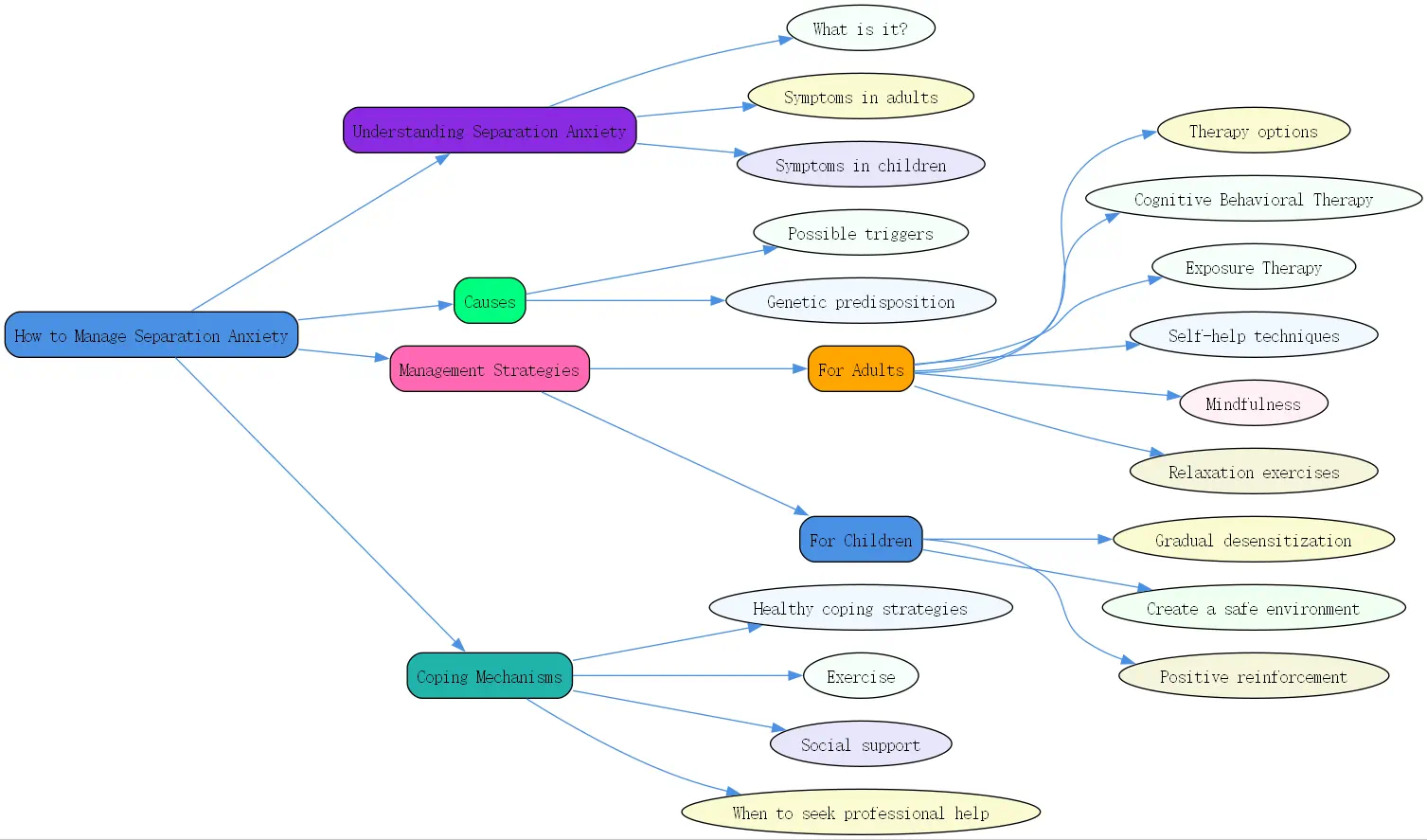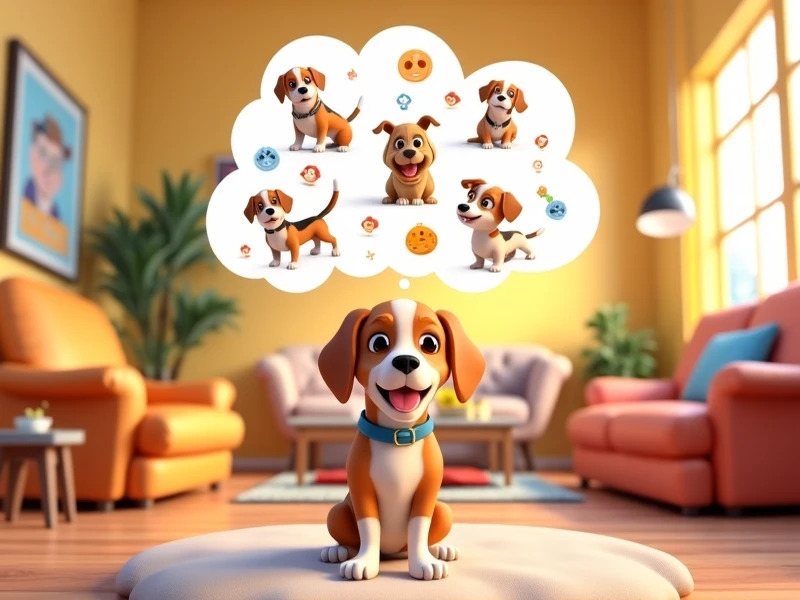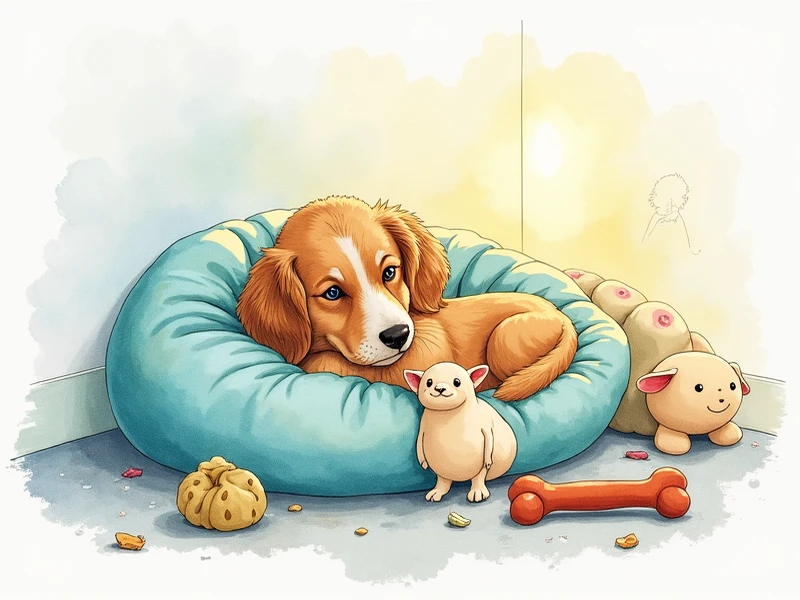
How to Manage Separation Anxiety: A Comprehensive Guide
Understanding Dog Separation Anxiety
Separation anxiety in dogs is a distressing condition marked by signs of distress when they’re left alone. Recognizing these symptoms is the first step in providing support for your pet. Common symptoms include:
- Excessive Vocalization: Continuous barking or howling when alone.
- Destructive Behavior: Chewing or breaking items in absence of the owner.
- Inappropriate Elimination: Urinating or defecating in the house while alone.
Understanding these behaviors as indicators of deeper anxiety is crucial for effective management plans.
Preventative Measures for Dog Separation Anxiety
Early Socialization and Training: Introducing your puppy to a variety of environments and experiences is essential. This exposure enhances their adaptability and reduces the likelihood of anxiety as they mature. Try diverse settings and new faces routinely to build their confidence.
Establishing a Routine: Consistency comforts dogs. Start with leaving your pet alone for short periods, then gradually extend this time. This method helps them learn that solitude is safe and temporary. Setting this expectation early can minimize their anxiety significantly.
Creating a Safe Haven: Designate a calm space that your dog identifies with safety and comfort. Equip this area with their favorite toys, blankets, and occasional treats. This sanctuary is vital for times when they must be alone.
Effective Strategies to Manage Dog Separation Anxiety
Counter Conditioning Techniques: Changing your dog’s response to your departure involves associating it with positive outcomes. Begin by leaving them alone for very brief periods, providing a favorite treat or toy when you exit. This will help your pet connect your absence with enjoyable moments rather than anxiety.
Slow Desensitization: Reduce the triggers of your pet’s anxiety by subtly introducing cues associated with your leaving, like grabbing keys or putting on your coat, without actually leaving. This strategy helps them get used to these actions without the following separation, thereby reducing the anxiety these cues might normally provoke.
Interactive Toys and Mental Stimulation: Keeping your dog engaged while alone can greatly reduce their stress. Puzzle toys and treat-dispensing gadgets are excellent for holding their attention and alleviating boredom-based anxiety. Engage in stimulating play just before departure to leave your dog in a positive state.
When to Seek Professional Help for Dog Separation Anxiety
Recognizing the Limits of Home Management: Not all dogs respond to standard interventions. If your pet’s anxiety symptoms persist or deepen despite your best efforts, it might be time to consult a professional.
Consulting Professionals: A certified dog trainer or veterinary behaviorist can offer significant help. These experts can develop customized behavior modification plans tailored to address your dog’s specific needs.
Developing a Personalized Plan: Every dog is unique, requiring potentially different strategies for managing separation anxiety. Professional help can ensure the approaches you try are suited to your dog’s personality and needs.
Q&A: How to Manage Test Anxiety?

Q: What are effective strategies to manage test anxiety for students?
A: Managing test anxiety involves several proactive strategies: 1. Preparation: Consistent study habits improve confidence in knowledge which can reduce anxiety. 2. Relaxation Techniques: Methods such as deep breathing or meditation can ease the mind before tests. 3. Practical Experience: Regular exposure to test settings and formats can make the actual experience less intimidating. 4. Seeking Professional Help: For chronic cases, speaking with a counseling professional might be beneficial.
Through these steps, students can find healthier ways to address the nervousness that comes with exams, much like easing a dog’s separation anxiety with careful and considerate interventions.




